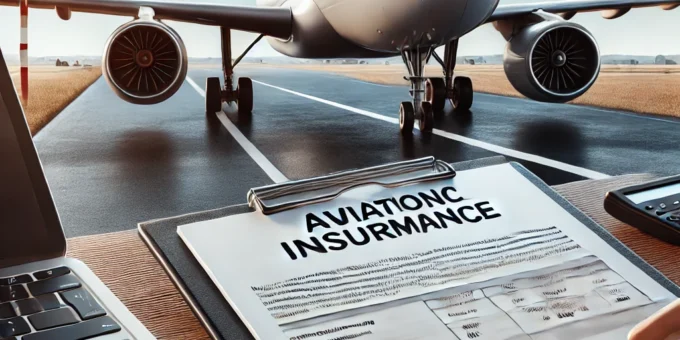
Aviation insurance is a cornerstone of safe and lawful aircraft operations. Ensuring compliance with aviation insurance requirements involves understanding policies, adhering to regulations, and adopting best practices to protect stakeholders and assets. This article explores key aspects of aviation insurance compliance and provides actionable insights for operators.
Understanding Aviation Insurance Requirements
Aviation insurance offers financial protection against risks associated with operating aircraft. It includes coverage for physical damage to the aircraft, liability for passengers, and third-party claims. Adhering to these requirements is not just a legal obligation but also a critical aspect of operational safety.
Importance of Aviation Insurance Coverage
Aviation insurance ensures that operators are prepared for unexpected incidents. It helps safeguard stakeholders, maintain financial stability, and build trust in operations. Moreover, it demonstrates a commitment to adhering to global safety standards.
Regulatory Framework for Aviation Insurance
Aviation insurance is subject to stringent regulations to ensure the safety of air travel. Understanding the regulatory landscape is crucial for compliance.
Key Global and Regional Regulatory Bodies
Authorities such as the Federal Aviation Administration (FAA), International Civil Aviation Organization (ICAO), and European Union Aviation Safety Agency (EASA) set the guidelines for aviation insurance. Operators must align policies with these regulations to meet legal and operational requirements.
Types of Aviation Insurance Policies
Aviation insurance policies cater to different aspects of operations, each designed to address specific risks.
Hull Insurance
Covers damage or loss to the aircraft itself, whether on the ground or in flight.
Liability Insurance
Protects against third-party claims for property damage or bodily injuries.
Passenger Insurance
Specifically covers liabilities related to passengers onboard the aircraft.
Why Compliance Matters in Aviation
Non-compliance with aviation insurance requirements can lead to severe consequences, including financial losses, legal penalties, and operational disruptions.
Legal Implications
Failure to meet regulatory standards can result in fines, sanctions, and the suspension of operational licenses.
Financial Impact
Without adequate insurance, operators may face exorbitant costs in the event of accidents.
Safety Considerations
Compliance underscores a commitment to protecting passengers, crew, and third parties.
Key Elements of Aviation Insurance Policies
Understanding policy specifics is essential for compliance.
Coverage Limits
Ensure that the policy covers maximum potential liabilities.
Policy Exclusions
Identify exclusions to avoid coverage gaps.
Deductibles
Review deductible amounts to ensure financial preparedness.
Common Challenges in Aviation Insurance Compliance
Operators often encounter challenges like misinterpreting policy terms or failing to update coverage with operational changes. Regular audits and consultations with experts can help mitigate these risks.
Steps to Assess Insurance Needs
Conducting a risk assessment is the first step in determining insurance requirements. Operators should evaluate flight frequency, routes, and aircraft types to ensure comprehensive coverage.
Role of Legal Counsel in Compliance
Legal counsel plays a pivotal role in navigating the complexities of aviation insurance policies. They help interpret terms, align coverage with regulations, and manage claims effectively.
FAQs About Aviation Insurance Compliance
How often should aviation insurance be reviewed?
Aviation insurance should be reviewed annually or whenever significant operational changes occur.
What are the penalties for non-compliance?
Penalties include fines, legal actions, and the suspension of licenses.
Can aviation insurance policies be customized?
Yes, policies can be tailored to specific operational needs.
What is the role of digital tools in compliance?
Digital tools streamline record-keeping, risk analysis, and policy management.
How does global operation affect compliance?
Multi-jurisdictional operations require alignment with diverse regulatory frameworks.
Is cyber risk included in aviation insurance?
Emerging policies now offer coverage for cyber threats.
You Can Also Read : How to Get a Car Loan with Low Interest Rates
Conclusion
Ensuring compliance with aviation insurance requirements is an ongoing process that demands diligence, expertise, and a proactive approach. By aligning with regulations, maintaining proper documentation, and adopting best practices, operators can mitigate risks and sustain trust in their operations.
